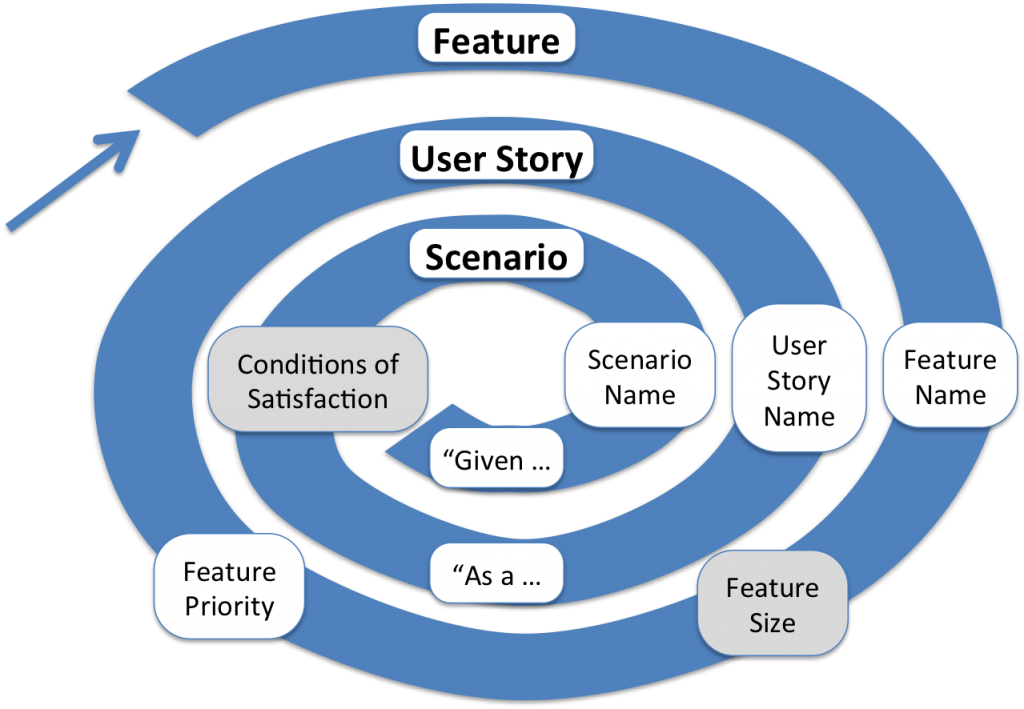I had just joined a team as programme manager and was talking to the lead user experience (UX) designer about the latest version of the UX design. We’d not worked together before and this was the first time I’d seen the designs. They looked pretty good to me and I told her so. That is when it got a bit weird.
PgM: They look great.
UX: Okay, I’ll get everybody together to get sign off on the designs.
PgM: Um, who is everybody?
UX: <Lists names of the business representative, product manager, technical architect, business sponsor, technical sponsor, UX discipline lead for the department, development manager, portfolio manager, team assistant to take notes, and quality manager>. I hope they don’t want too many changes.
PgM: <Jaw drops>
